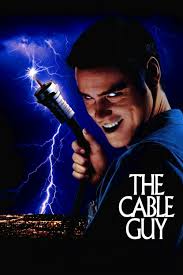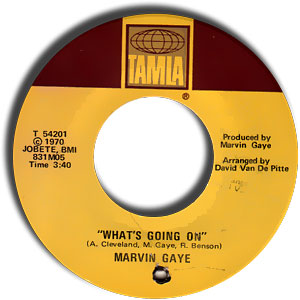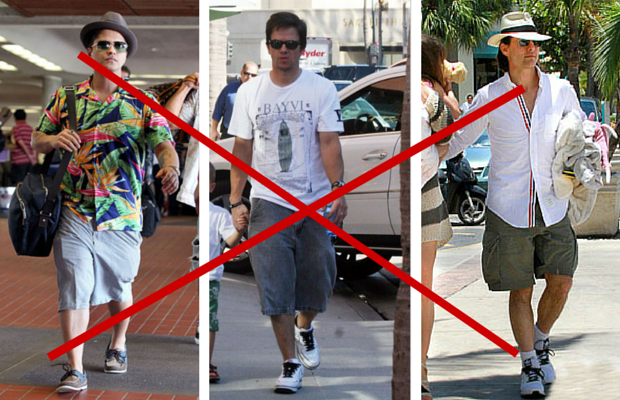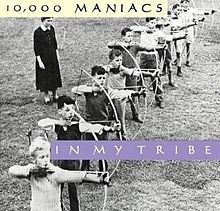Signs of the corporate death spiral #4 - Dress Codes AND Report to the Office
I have hit 'too much attention being paid to dress codes' as well as 'no more working from home' both on the blog in the 'death spiral' series previously, so it should come as no surprise to regular readers that this week's announcement from Charter Communications caught this death spiral watcher's attention.
Here's the important bits from the Fortune piece titled, 'No More Working From Home for Former Time Warner Cable Employees', then some FREE (and damn insightful) commentary from me.
Here's what you need to know:
Charter Communications closed on its acquisition of Time Warner Cable less than two months ago, but it’s already moving to replace a somewhat more relaxed corporate culture at the new unit.
In a memo to employees at corporate locations, including the New York City office that used to be Time Warner’s headquarters, St. Louis-based Charter restricted a series of common practices at the acquired company. No more jeans in the office, no more working from home without high-level approval, and no more early departures on slow summer Fridays.
The move echoes a controversy that broke out after Marissa Mayer took over as CEO at Yahoo in 2012 and banned working from home for most employees. A few other companies followed Mayer’s lead, but most workplace research shows that the practice enhances productivity.
The new Charter memo also banned jeans in the workplace without approval from an executive vice president. “We will provide a harmonized workplace dress policy in the coming months, however unless approved by an EVP for a specific department and location, jeans are not deemed professional attire,” Marchand wrote. “In advance of the policy, if you are in doubt as to whether your attire is appropriate, better to not wear it.”
Nice shot, Charter - the double whammy in one memo.
Quit it with the jeans you Time Warner hippies, and while you are at it, make sure you turn up to your assigned office as scheduled no matter how long you have been successfully working under alternative arrangements in the past.
There's a new sheriff in town, and his name is Charter, (and he is wearing a snappy blazer and tie AND at his desk gosh darn it at 8:30AM ON THE DOT).
It is tiresome to still have to read and gripe about this kind of stuff in 2016.
You know what Time Warner and Charter need to be worrying about instread of dress codes and work from home policies that made sense in the 1970s?
How about cord cutting? How about the next generation of consumers who don't want or need Cable TV?
How about social networks like Facebook and Twitter increasingly moving into live video feeds of sports and entertainment, making the need for Cable TV packages even less necessary?
How about the next competitive pressure coming down the road that has not even been invented yet?
No, let's not worry about that, or at least let's take some time to make sure that we are CRYSTAL CLEAR that wearing jeans is no longer acceptable. And while we are at it, let's make sure all of our Chino wearing staff is at the office every day.
And let's make sure that everyone working here who has some better options begins to think about doing some 'cord cutting' of their own.
Talking about dress codes? Issuing blanket 'No working from home' edicts?
Surely signs of the corporate death spiral.

 Steve
Steve



